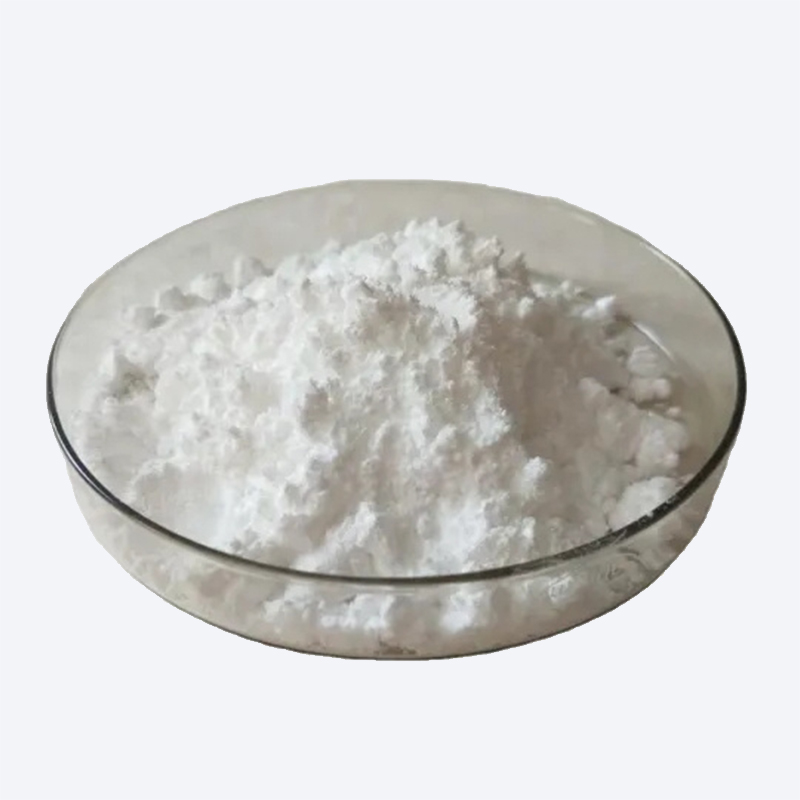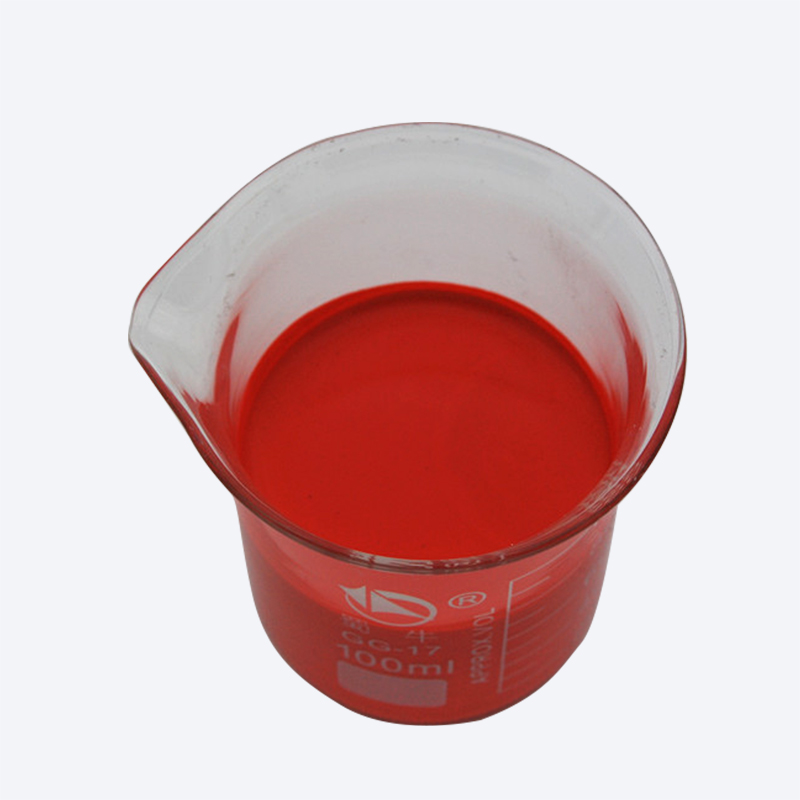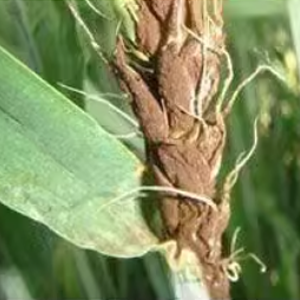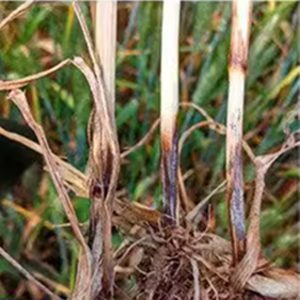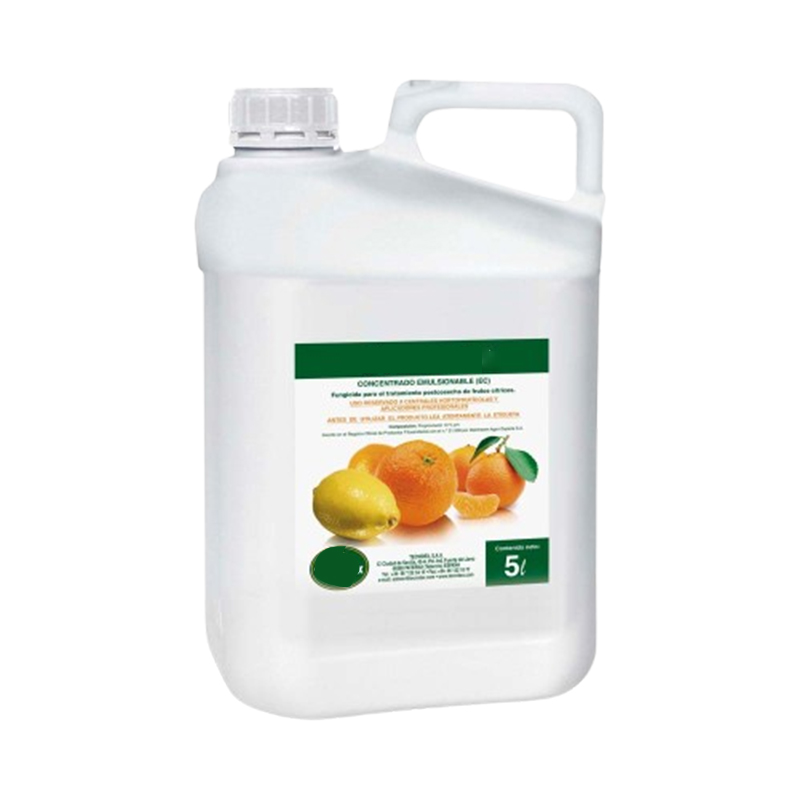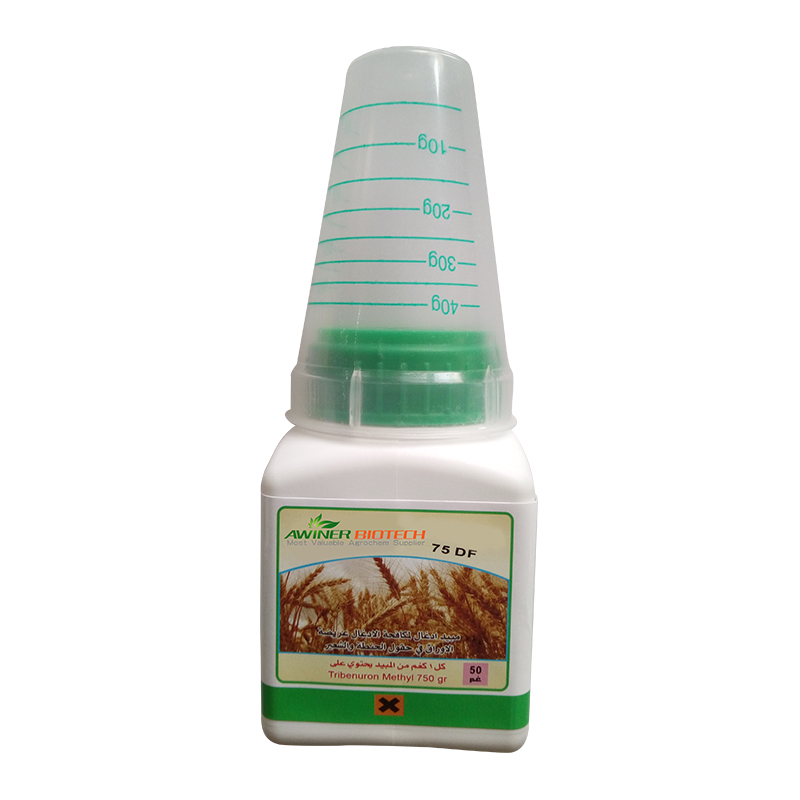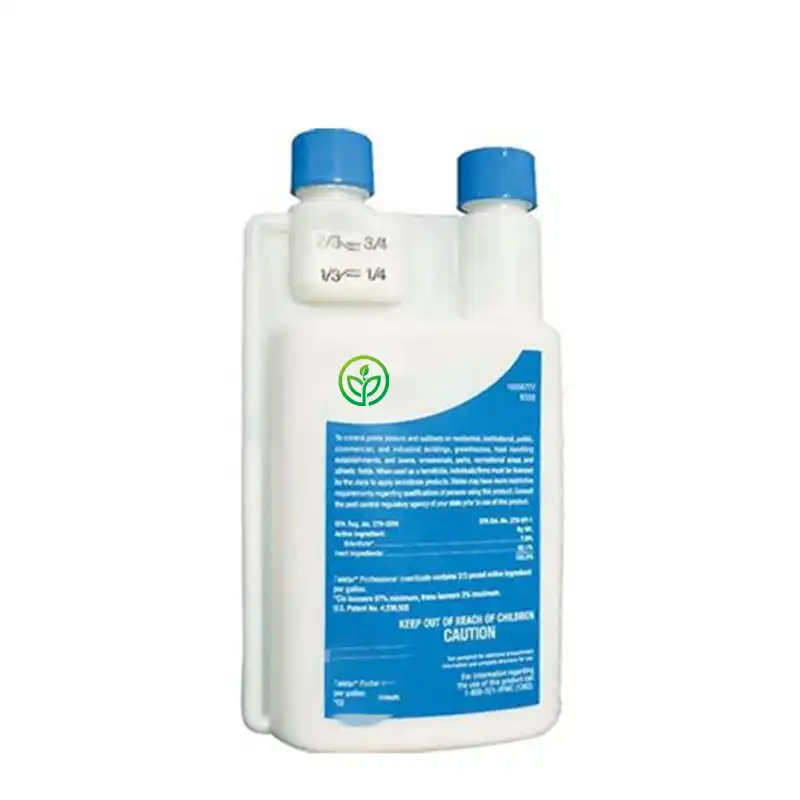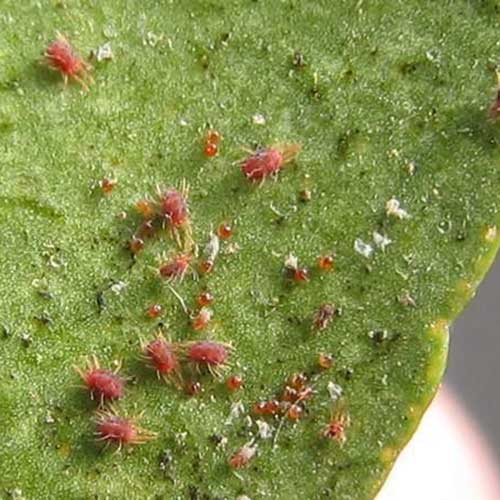Wheat seed Treatment agent
Before sowing wheat, taking seed treatment measures such as seed selection, sun-drying, and seed coating is the most important task. With increasing knowledge of pesticides, many farmers treat their wheat seeds,those who don’t are considered aliens. So, how should one choose a wheat seed treatment agent? What aspects should be considered when selecting one?
Seed dressing involves diluting a small amount of pesticide with water before sowing, then thoroughly mixing it with the seeds to ensure the solution evenly coats the seed surface. This effectively prevents damage from pathogens and pests in the seeds and surrounding soil. Systemic fungicides and insecticides are particularly suitable for seed dressing. Simultaneously, adding a small amount of micronutrient fertilizer or plant growth regulators can promote rapid germination and robust growth of wheat, laying a solid foundation for high yields.
Seed treatment agents with triple functions of sterilization, insecticidal effect, and growth promotion are more favored by farmers. However, it should be noted that seed treatment agents are not a panacea; the type of seed treatment agent used, its quality, and the treatment method will all affect wheat yield.
1.The purpose of seed treatment must be clearly defined
Seed dressing is mainly used to prevent soil-borne and seed-borne diseases, as well as some underground pests and early-stage pests. It should be noted that seed dressing with micronutrients or plant growth regulators can only play an auxiliary role and is a supplement to soil fertilization; it cannot replace normal fertilization.
In wheat cultivation, seed treatment is highly effective in preventing diseases such as loose smut, sheath blight, root rot, take-all disease, and dwarf smut, as well as pests such as mole crickets, grubs, wireworms, aphids, and planthoppers. However, it is less effective or less effective in controlling rust, powdery mildew, Fusarium head blight, cutworms, and wheat sawflies.
2.Selection Criteria
The active ingredients in seed dressing agents, whether fungicides or insecticides, have specific targets for control and their scope of action is limited. Different diseases and pests call for different types of agents. Remember that having more ingredients in a seed dressing agent doesn’t always improve its performance; choosing the right active ingredients is the key. When multiple ingredients mix, they may react with each other, and improper ratios can reduce seed germination rates.
If take-all disease is severe in the field, seed treatment agents containing silthiamethoxam or Difenoconazole + Fludioxonil can be selected;
if the main problem is root rot or smut, Difenoconazole products are sufficient;
and for pests such as wheat aphids, seed treatment agents containing Imidacloprid or Thiamethoxam are recommended.
3.Choose the Right Formulation
When choosing a seed dressing agent, focus on products with reliable production processes and stable quality. Common formulations for wheat include wettable powders (WP), emulsions (EC), dry seed dressings, and suspension seed coatings (FS). The last two provide a film-forming coating that offers better seed protection. Even within the same formulation, products from different brands can vary greatly in quality, so there is no need to chase high-priced or newly launched options. Instead, select mature products that have been used for many years and have a strong reputation.
